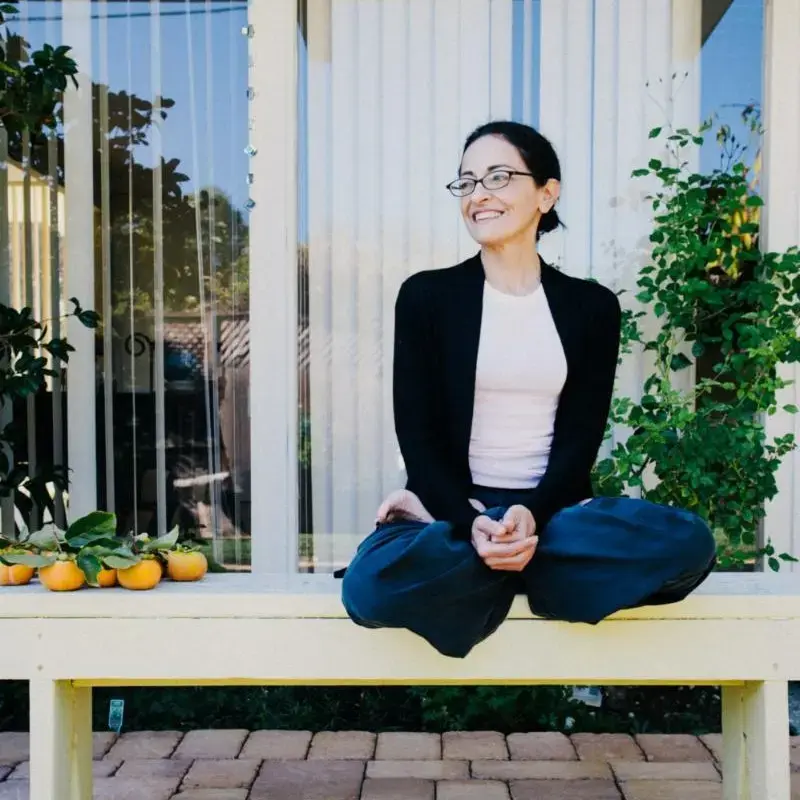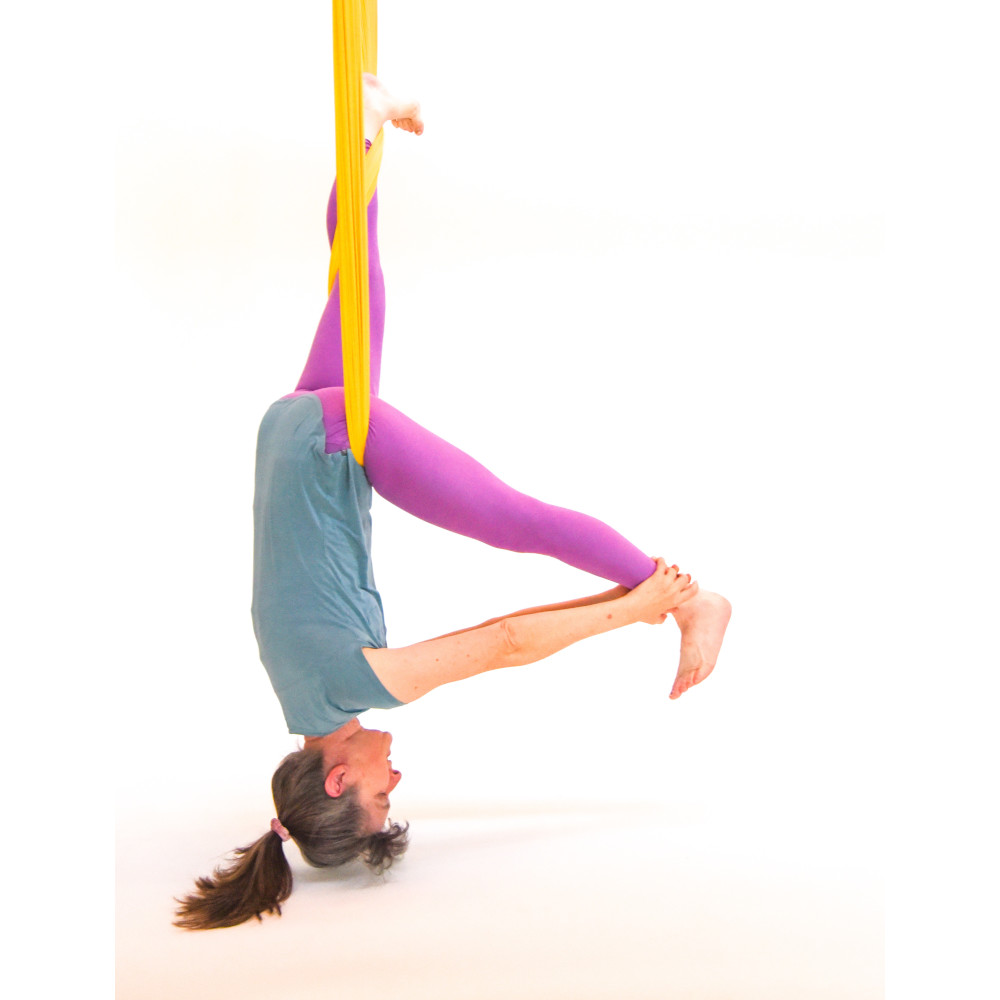“The porcupine is a warrior animal, who operates out of a place of innocence, respect, and love. This large rodent can be found in forests peacefully eating vegetation, including grasses, flowers, and an array of flora. A peaceful creature, porcupines prefer to avoid conflict… They are private and loyal.”
AllTotems.com
There are many days when I feel like any wrong word, look, or tone can prick and sting like an arrow shot right into the center of my being, through the flesh, muscle, and bone. Then there are days when I feel like I am the spikey one, launching arrow after arrow from a bow intentionally meant to stick, injure, wound.
Observing these two inner states in me – the wounder and the wounded, the archer and the target, the injurer and the injured – I notice an endless cycle of samsara (the Buddhist term for the cycle of life and death), as it goes on and on. Can I break the cycle and use one of these spikes to prick a hole to let the light in, to let my true self stream out into the world with its vulnerability, shadows, compassion, insecurity, understanding, awareness, selflessness, beauty, and peace?
Once, many years ago, I was watching the PBS documentary “Compassion in Exile.” While His Holiness the Dalai Lama was being interviewed, he was asked, “What is your wish?” And he said, “My real wish is to remain in a remote area like a wounded animal.” I always wondered what he meant by that. After turning it over and over in my brain, I finally came to the conclusion that wounded animals are perpetually in a vulnerable state: injured but open.
I imagined what it would be like to be open like that, hurt but not striking out in pain. Instead, the pain could open me up to the suffering of the world that was a lot like mine. I could gather and sweep together the millions of cracked, fragmented pieces of my heart to hold them all together, broken but somehow unified – like kintsugi, creating a new beautiful form from the broken pieces of pottery joined with gold.
I want to be brave enough to remove the spikey shell, the protective layer, to find the soft and gentle vulnerable spaces within. Even with the perpetual arrows (triggers like the news, the virus, the injustice, the racism, and the perpetual frustrations of everyday life), I can be open to it all, without judgment or fear, transforming rage and anger into compassionate action. The protection keeps the hurt out, but also keeps me from showing others the peaks and valleys and depth of emotion: the humanness and love within.
So my perpetual hope is for balance – balance between vulnerability/openness and pain – and awareness to know that hurt can breed hurt, but it can also lead to a more expansive place where love can live and thrive.

















One reply on “Connecting with My Inner Porcupine”
love the simplicity and the depth you uncovered in this article. Resonating with this softness. Thank you